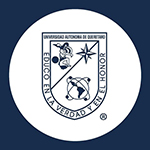Introduction to the Autonomous University of Querétaro:
Introduction: The Autonomous University of Querétaro is a public university located in Santiago de Querétaro, Querétaro, Mexico. It is the largest and most important university in Querétaro and the city.
Overview: The school has nine campuses located in Cerro de las Campanas, Amealco, Armascala, Cadereta, Corregidora, Jalpan, Juliquila, San Juan del Rio and Tequiquipan. The school manages 13 colleges and 6 high schools. In 2016, the total number of students reached 28,110, including more than 19,000 undergraduates and nearly 2,500 postgraduates.
History: Its history can be traced back to the Jesuit College of San Ignacio in 1625. In 1951, after the closure of state schools, Querétaro Governor Octavio S. Mondragon helped found the university, which was initially a high school and a university offering only law and engineering degrees. In 1952, the School of Chemistry and the School of Nursing were established, in 1953 the School of Fine Arts, and in 1954 the School of Business. On February 5, 1959, the school declared itself autonomous. Subsequently, schools of psychology, modern languages, medicine, sociology, veterinary medicine, informatics, and philosophy were added.
Date of establishment: February 25, 1951.
Strength of the school: The school has 1,431 academic staff. It has a certain level of teaching and research in multiple disciplines, and is a member of the National Association of Universities and Institutions of Higher Education (ANUIES) and the North American Higher Education Cooperation Alliance (CONAHEC), and through cooperation with other institutions, it enhances its academic influence and international exchanges.
Nature of the institution: Public university.
Educational philosophy: The school motto is "I educate in truth and honor", and it is committed to pursuing truth in teaching and research, and cultivating students' sense of honor and responsibility.
Key laboratories and disciplines: There are no particularly outstanding key laboratories. There are certain advantages in the fields of life sciences, engineering, physical sciences, etc. Specific disciplines include agriculture and forestry, sports science, veterinary medicine, civil engineering, chemical engineering, electrical and electronic engineering, mechanical and aerospace engineering, chemistry, physics and astronomy, mathematics and statistics, etc.
Department: The school has several colleges, including the School of Accounting and Management, the School of Chemistry, the School of Engineering, the School of Fine Arts, the School of Information, the School of Language and Literature, the School of Law, the School of Medicine, the School of Natural Sciences, the School of Nursing, the School of Philosophy, the School of Political and Social Sciences, the School of Psychology, etc.
Ranking: After 1501 in the 2025 World University Rankings, its life sciences ranked 801-1000 in 2024, engineering ranked after 1001 in 2024, and physical sciences ranked after 1001 in 2024.
Cost: There is no clear tuition information, but as a public university, local students usually have relatively low tuition fees, and international students may have different tuition fees. For reference, other public universities in Mexico have an undergraduate tuition fee of about US$2,000-3,000 per year, a master's degree of US$3,000-5,000, and a doctorate of about US$4,000-6,000.
Campus environment: The main campus is located in Cerro de las Campanas, and most of the campuses are in urban areas. Querétaro is a World Heritage city, and the campus is surrounded by diverse natural ecology. Students can participate in activities such as mountain climbing expeditions, relax in the surrounding villages, and visit historical and cultural attractions such as the Capuchins Monastery and the Old Monastery of St. Augustine.
-
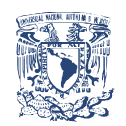
National Autonomous University of Mexico
-

Anahuac University of North Mexico
-

Universidad Autonoma de Guadalajara
-
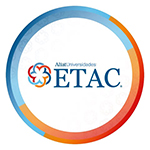
Universidad ETAC
-

Meritorious Autonomous University of Puebla
-
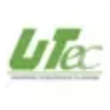
Technological University of Tulancingo
-
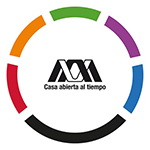
Metropolitan Autonomous University
-
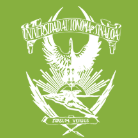
Autonomous University of Sinaloa
-
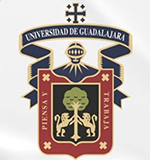
University of Guadalajara
-

Technological University of Huejotzingo
-

Mesoamerican University
-

Istmo University
-

Mariano Galvez University of Guatemala
-

Regional University of Guatemala
-

Galileo University
-

Francisco Marroquín University
-

Rafael Landívar University
-

University of the Valley of Guatemala
-

University of San Carlos of Guatemala
-

Technological Institute of Tlaxcala Plateau
-

Golfo University
-

Technological University of South Sonora
-

Technological University of Huejotzingo
-

Tizimín Institute of Technology
-

Chilpancingo Institute of Technology

